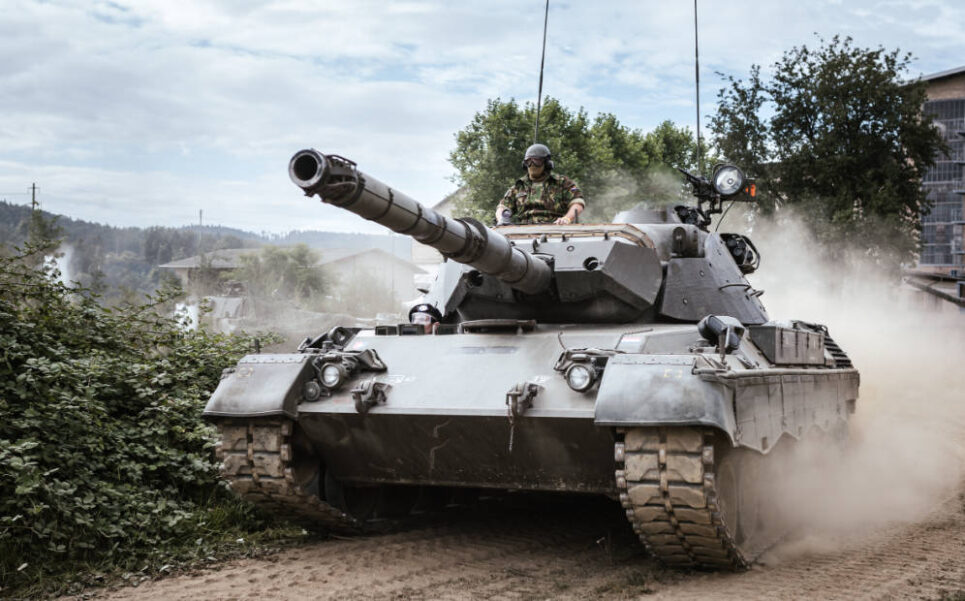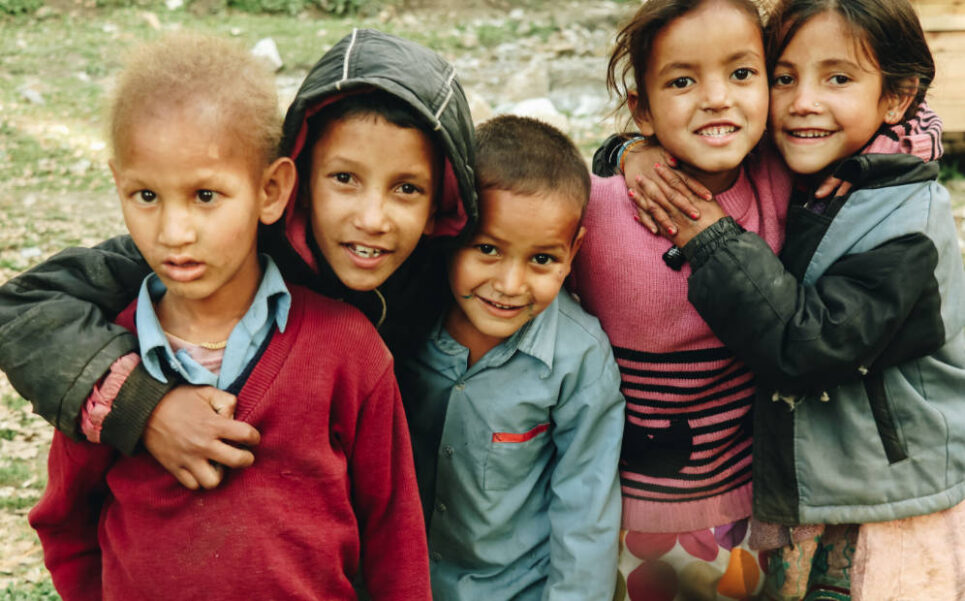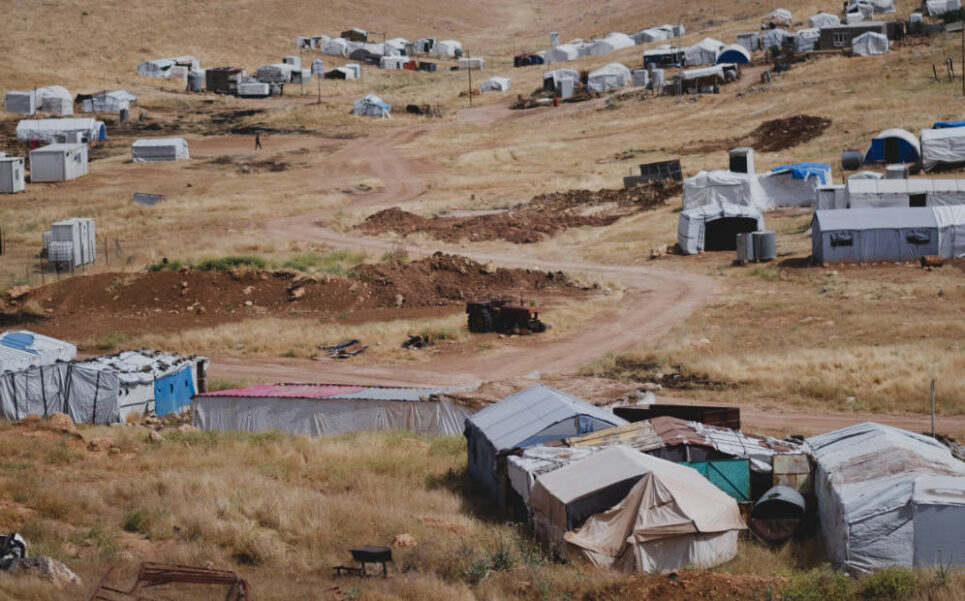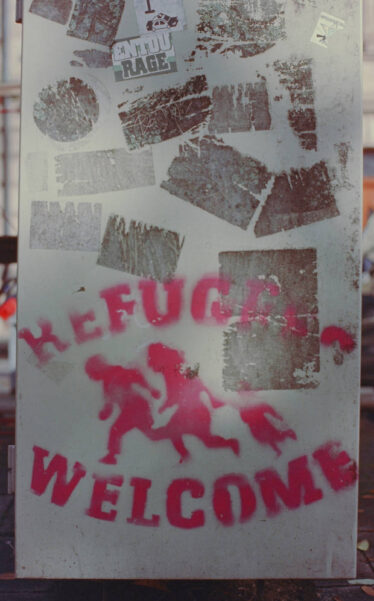No matter what century we are in or what technological advances we have, year after year millions of people – women, men, girls, and boys – are forced to flee their homes to escape conflict and persecution.
Often, those who have no choice but to leave their homes to escape conflict and persecution must leave everything behind and embark on dangerous journeys in search of protection.
It is for a reason as horrific as the above that the United Nations High Commissioner for Refugees was created.
The background
After World War II came to an end (1939 and 1945), the world was once again turned upside down. The United Nations Relief and Rehabilitation Administration was created.
Shortly thereafter, the International Refugee Organization was created as a specialized agency, operating from 1946 to 1952.

In December 1950, the United Nations High Commissioner for Refugees was founded.
Only one month later it began its functions on January 1, 1951. Its first task was to help resettle more than one million European refugees who were still homeless as a result of World War II.
In 1951, the Convention Relating to the Status of Refugees was adopted, which establishes various obligations of the Contracting States concerning the rights of refugees and recognizes the UNHCR as the body responsible for “ensuring the application of international conventions providing for the protection of refugees”.
Functions
The mission of the United Nations High Commissioner for Refugees (UNHCR) is to assist any person who is a refugee. They must ensure that “all persons have the right to seek asylum and find haven in another State, with the option of eventual return home, integration or resettlement”.
This right allows the fulfillment of basic needs, such as access to decent housing, adequate food, and drinking water, among other rights inherent to the person that should be guaranteed in the States of origin but are limited by various problems or conflicts such as war, violence, persecution, as well as irreconcilable family problems.

They work constantly to build better futures and life opportunities for millions of people who are forced to leave their homes.
One of the vitally important functions is that of protection. It is about guaranteeing refugees equal access to the various rights they enjoy.
Another function is emergency shelter in cases of humanitarian emergencies where survival during crises or displacement must be ensured. UNHCR provides tents, and plastic sheeting, among other material resources that can make the difference between life and death for those who are displaced.
On the other hand, while emergency shelter is a short-term solution, there is another function called “durable solutions” which consists mainly of providing legal assistance and education so that refugees, upon returning to their country of origin, can be incorporated and integrated into community life with dignity and a sense of peace.
In cases of emergency, UNHCR seeks to respond immediately at the time of the event.
UNHCR provides vital assistance and protection in emergencies. They also fight for better asylum systems and laws so that displaced people can access their rights.

They also work to ensure that stateless people obtain a nationality, enabling them to access fundamental rights, such as education and medical care.
To keep them safe, assistance and protection are provided, including shelter, access to clean water, food, medical care, and help with family reunification.
Its work focuses on ensuring that refugees receive protection and are not returned to the place where they are at risk.
The sad truth is that people forced to flee should not be deported or returned to contexts where their lives and freedom are at risk. This is the principle of non-refoulement, which is enshrined in the 1951 Convention Relating to the Status of Refugees.
When UNHCR assumes that there will be people fleeing across the border, its teams are present. No matter the time of day, no matter the type of terrain.
But for the aid to be effective, government monitoring is also carried out. The idea is to find out whether governments or armed groups are preventing refugees from entering safe areas.
Exacerbating the problem
The number of people of concern has increased considerably since its inception. At the same time, the problem of forced displacement has also increased.
At least 108.4 million people worldwide have been forced to flee their homes. Among them are 35.3 million refugees, some 41 % of whom are under the age of 18.

Millions of people have not obtained their nationalities and basic rights such as education, health, work, and the freedom to move.
At the end of 2019, there were 79,5 million displaced people around the world. Most of them come from Siria, Venezuela, Afganistán, Sudán del Sur, and Myanmar.
The situation in Afghanistan is sad, protracted, and terrible. Afghanistan is home to 24 million people, and 5.7 million Afghans require support in five neighboring countries.
On the other hand, the humanitarian crisis in Ukraine is enormous. UNHCR teams are working in Ukraine, in neighboring countries, and wherever necessary to protect and assist people who have been forced to flee.
For some context, it is important to keep in mind that more than 7.7 million people have left Venezuela in search of protection and a better life. Most of them have gone to different countries in Latin America and the Caribbean.
Shelters
Emergency shelters are a life-saving solution. In urban areas, many refugees share accommodation or live in non-functional public buildings.
In most cases, conditions are inadequate and often substandard. In rural settings, providing protection and humanitarian assistance through refugee camps is common.

More than 6.6 million refugees live in camps. While camps can be practical, particularly during emergencies, they also cause several problems, including aid dependency and isolation.
It must be said that UNHCR and the humanitarian community are not in favor of setting up camps. The reason is that while they provide a temporary solution they are not conducive to a stable life.
Camps protect the environment and help prevent fires and disease outbreaks. In a camp, displaced people do not have to walk far to get food, water, or medical care. Water points and latrines are well-lit and close to houses so that girls and women, especially, are not exposed to danger.
When a person is forced to leave his or her home, he or she flees with only the bare necessities. At the same time, it is very difficult for them to earn income and invest it in the process.
The cornerstone
Protection is the most important thing for UNHCR.

When people are forced to flee, they are often displaced because they can no longer rely on their government to protect them. The deprivation of fundamental rights is not only in the country of origin but also in the search for protection.
It sounds absurd, but millions of people around the world are denied a nationality. This simple fact makes it impossible for minors to be educated, to have medical care, to work, to have a bank account, or to get married.
An important point is that of asylum seekers. It is estimated that about 1 million people apply for asylum individually each year.
Political asylum is granted to a person who has been exiled or has fled his or her country for political reasons. A perfect example was the case of the Spanish refugees who fled after the Civil War.
For many of the millions who have been forced to flee, the return home concludes an often traumatic time in exile. It can be months, years, or even decades after they had to flee, and sometimes it doesn’t happen at all.
Over the years, UNHCR has helped millions of displaced people. On cold nights they can be the difference between life and death.


